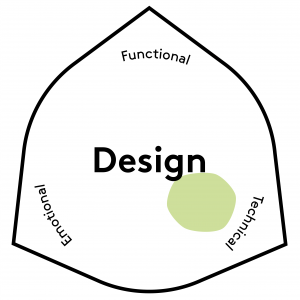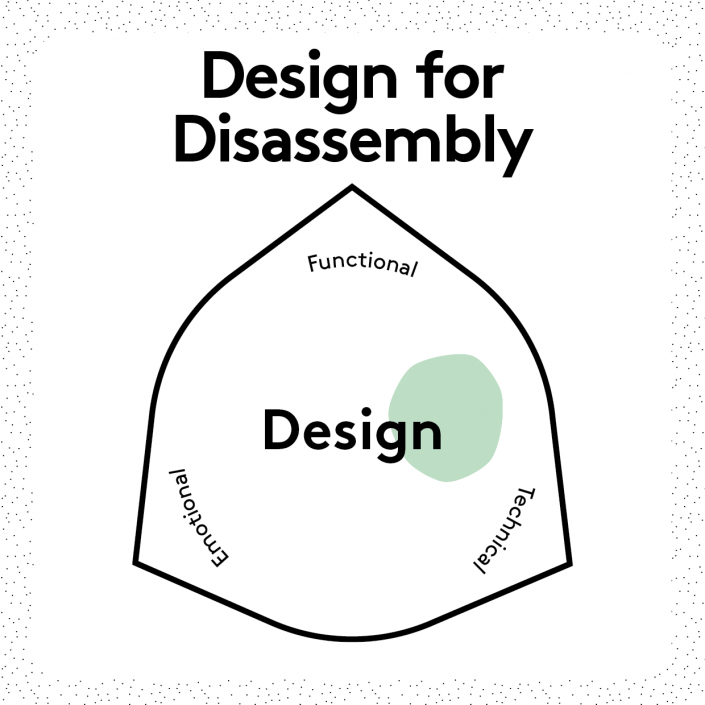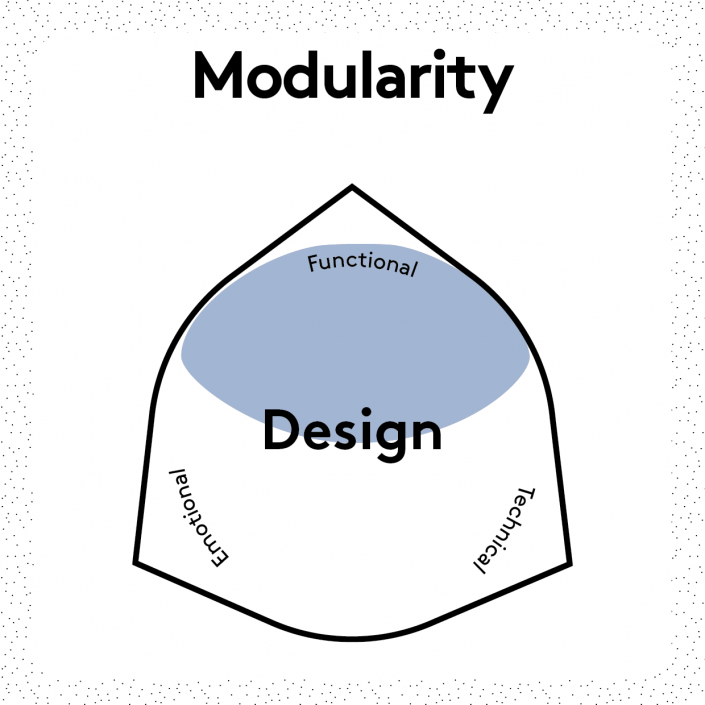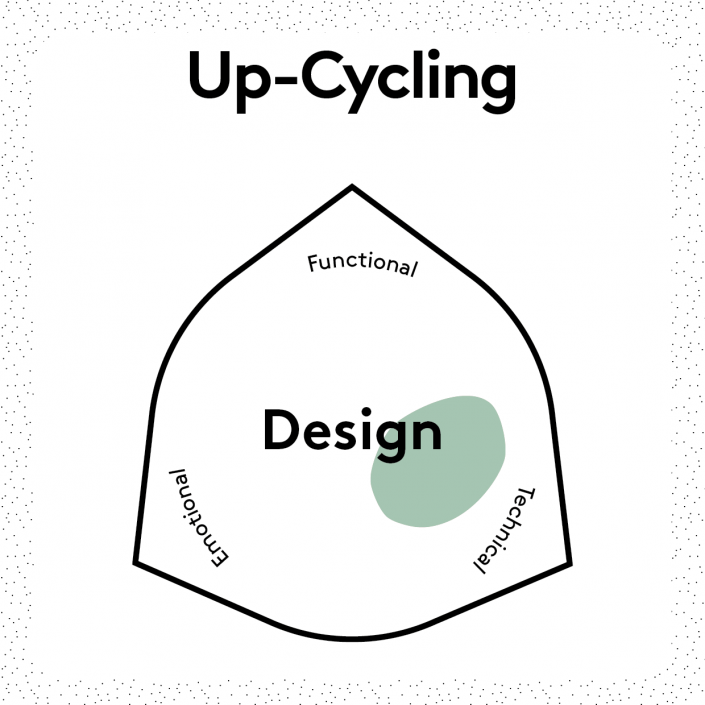What?
A product that is composed of a single type of material or a product with components that each are made of a single type of material and that can be split apart.
Why?
Mono-materials can ease the maintenance, re-use and effective disassembly/recycling of products.
Challenges
- There are limited possibilities for re-utilisation due to lack of facilities that process into new high value materials.
- Compromises on for example functionality and quality of the product may be necessary.
Examples
- Mono material can be a creative constraint and concept, see for example Pleats Please by Issey Miyake, Helly Hansen’s MonoMaterial collection or the Nobody chair by Komplot Design, all made of 100% polyester.
- The sports hall built for Panyaden School in Chiangmai, Thailand, only uses bamboo.
- Adidas’ FutureCraft.Loop experiment to produce a mono-material and fully recyclable sneaker.
Further Reading
Goldsworthy (2014). Design for Cyclability: Pro-Active Approaches for Maximising Material Recovery. Making Futures, 3.
Karell & Niinimäki (2019). Addressing the Dialogue between Design, Sorting and Recycling in a Circular Economy. The Design Journal, 22(1), 997-1013.
Sauerwein et al. (2019). Exploring the Potential of Additive Manufacturing for Product Design in a Circular Economy. Journal of Cleaner Production, 226, 1138-1149.










